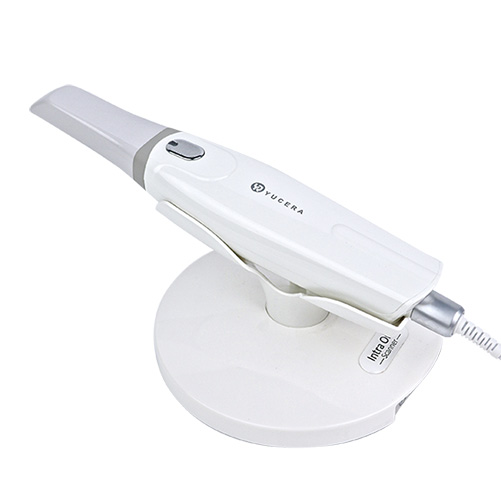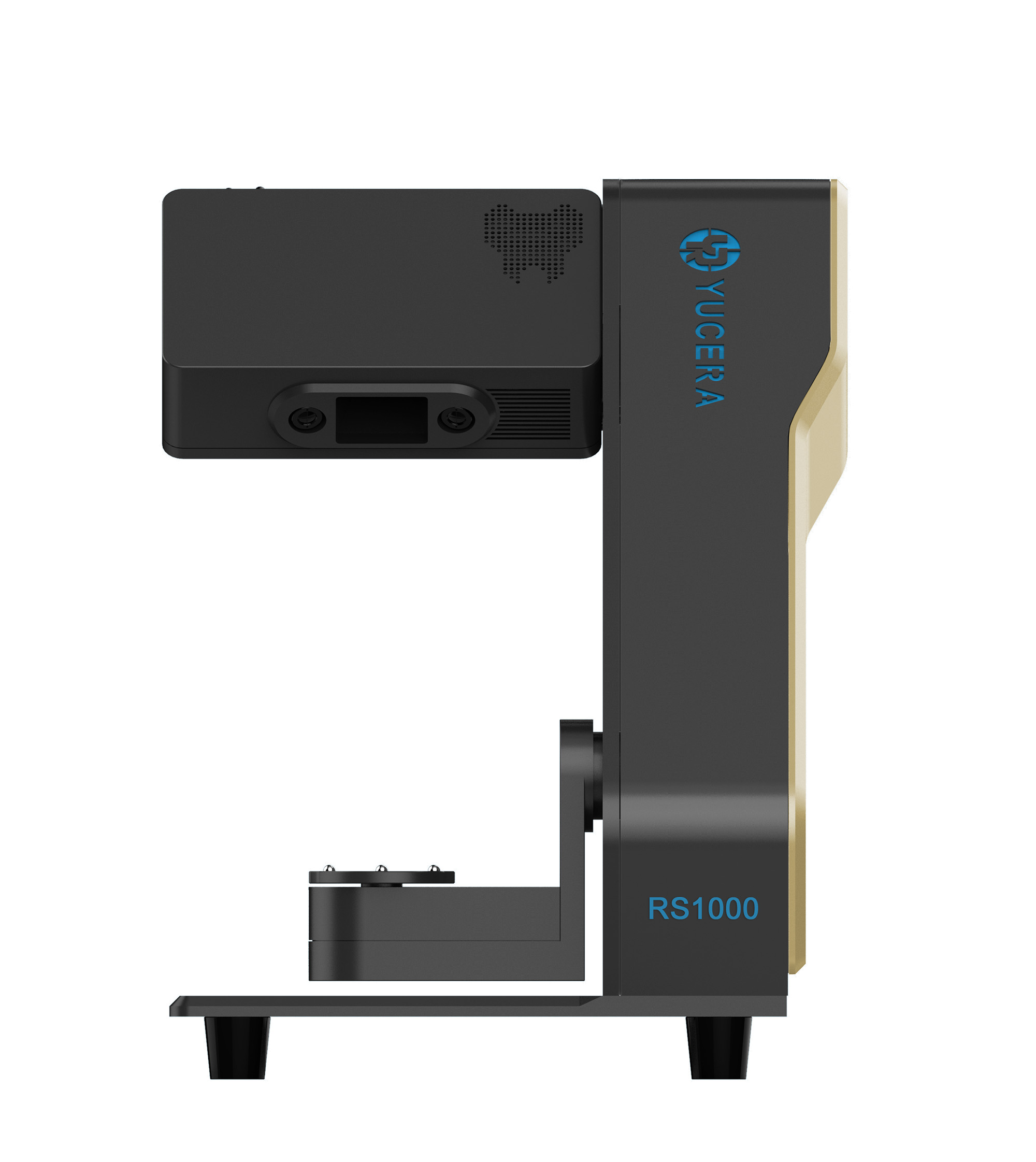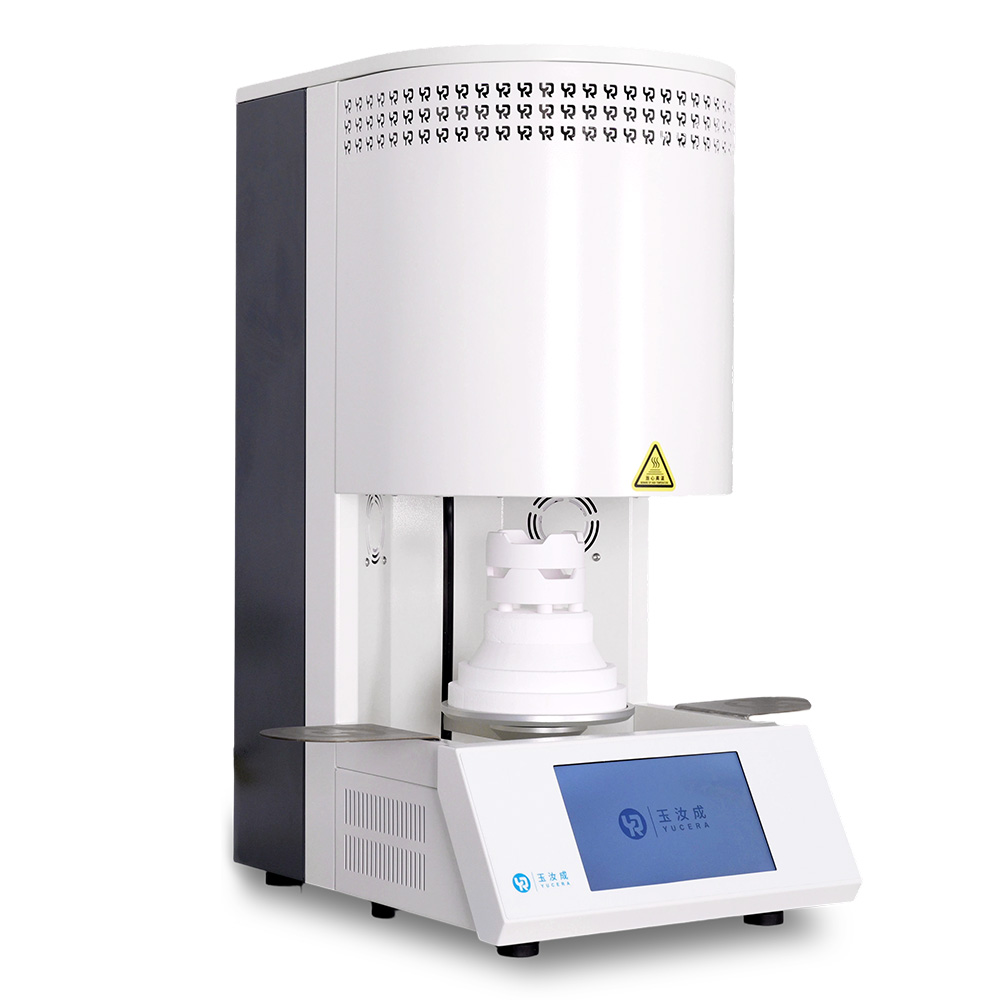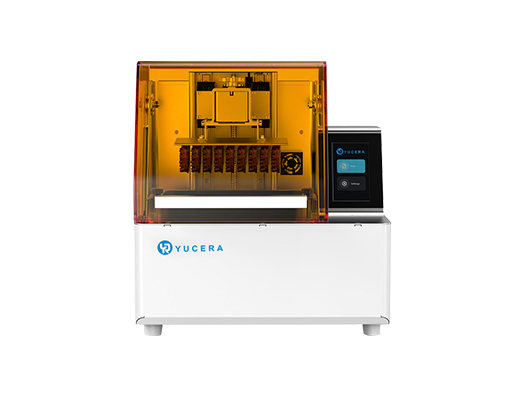Dental Intraoral Scanners Market Forecast for 2025: Analyzing Growth Drivers
2025-09-03
2025-09-20
Master IOS in 7 steps for flawless impressions.
1. Prep Patient/Equipment: Explain process; dry mouth, retract cheeks. Calibrate scanner (2 min).
[Insert Image: Prep phase photo.]
1. Attach Tip: Sterilize/autoclave new tip; warm-up (10s).
2. Start Scan: Occlusal first, slow sweeps (0-5mm from teeth). Monitor real-time.
3. Full Arch: Lingual → Buccal → Bite registration (2-3 min).
4. Check/Trim: AI flags holes; rescan gaps.
5. Export: STL to lab/CAD (instant).
6. Clean: Wipe/dispose tip; log data.
[Insert Image: Numbered infographic of steps.]
· Steady hand: Avoid shakes for 20μm accuracy.
· Lighting: Ambient control prevents artifacts.
Practice on models first—efficiency follows.

Dry & wet milling for zirconia, PMMA, wax with auto tool changer.
learn more
High-precision 3D scanning, AI calibration, full-arch accuracy.
learn more
40-min full sintering with 57% incisal translucency and 1050 MPa strength.
learn more

40-min cycle for 60 crowns, dual-layer crucible and 200°C/min heating.
learn more
High-speed LCD printer for guides, temporaries, models with 8K resolution.
learn more